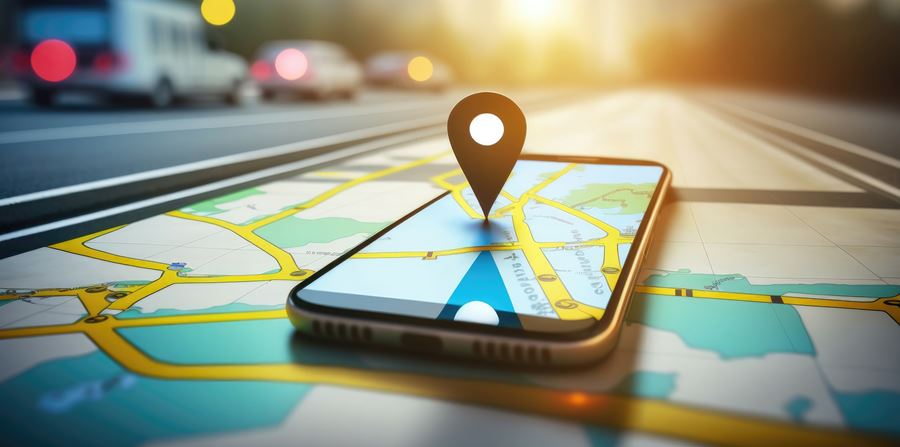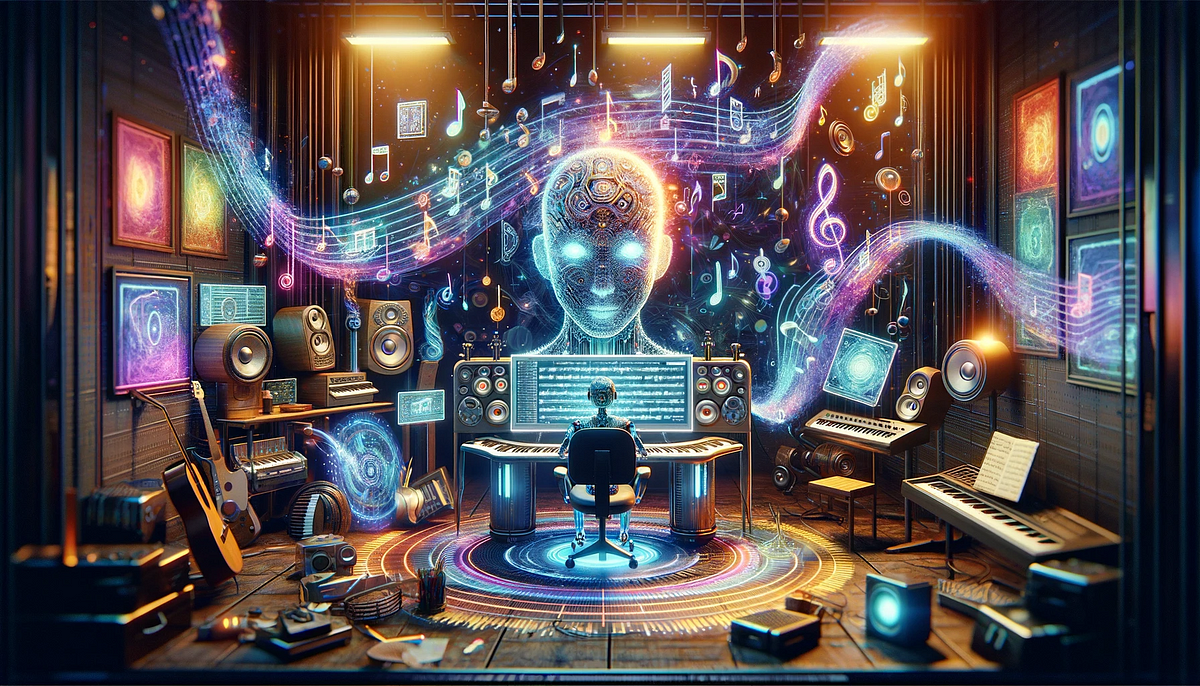September 19, 2022

This method includes having members place their finger over the digital camera and flash of a smartphone, which makes use of a deep-learning algorithm to decipher the blood oxygen ranges from the blood movement patterns within the ensuing video.Dennis Smart/College of Washington
First, pause and take a deep breath.
Once we breathe in, our lungs fill with oxygen, which is distributed to our purple blood cells for transportation all through our our bodies. Our our bodies want a number of oxygen to operate, and wholesome individuals have a minimum of 95% oxygen saturation on a regular basis.
Situations like bronchial asthma or COVID-19 make it more durable for our bodies to soak up oxygen from the lungs. This results in oxygen saturation percentages that drop to 90% or beneath, a sign that medical consideration is required.
In a clinic, docs monitor oxygen saturation utilizing pulse oximeters — these clips you place over your fingertip or ear. However monitoring oxygen saturation at dwelling a number of occasions a day may assist sufferers regulate COVID signs, for instance.
In a proof-of-principle examine, College of Washington and College of California San Diego researchers have proven that smartphones are able to detecting blood oxygen saturation ranges all the way down to 70%. That is the bottom worth that pulse oximeters ought to have the ability to measure, as really useful by the U.S. Meals and Drug Administration.
The approach includes members inserting their finger over the digital camera and flash of a smartphone, which makes use of a deep-learning algorithm to decipher the blood oxygen ranges. When the crew delivered a managed combination of nitrogen and oxygen to 6 topics to artificially convey their blood oxygen ranges down, the smartphone accurately predicted whether or not the topic had low blood oxygen ranges 80% of the time.
The crew printed these outcomes Sept. 19 in npj Digital Medication.
“Different smartphone apps that do that had been developed by asking individuals to carry their breath. However individuals get very uncomfortable and must breathe after a minute or so, and that’s earlier than their blood-oxygen ranges have gone down far sufficient to signify the complete vary of clinically related information,” stated co-lead writer Jason Hoffman, a UW doctoral pupil within the Paul G. Allen Faculty of Laptop Science & Engineering. “With our check, we’re in a position to collect quarter-hour of knowledge from every topic. Our information exhibits that smartphones may work properly proper within the vital threshold vary.”

One method to measure oxygen saturation is to make use of pulse oximeters — these little clips you place over your fingertip (some proven right here in grey and blue).Dennis Smart/College of Washington
One other advantage of measuring blood oxygen ranges on a smartphone is that just about everybody has one.
“This fashion you would have a number of measurements with your individual system at both no price or low price,” stated co-author Dr. Matthew Thompson, professor of household medication within the UW Faculty of Medication. “In a perfect world, this info might be seamlessly transmitted to a physician’s workplace. This might be actually helpful for telemedicine appointments or for triage nurses to have the ability to rapidly decide whether or not sufferers must go to the emergency division or if they will proceed to relaxation at dwelling and make an appointment with their major care supplier later.”
The crew recruited six members ranging in age from 20 to 34. Three recognized as feminine, three recognized as male. One participant recognized as being African American, whereas the remaining recognized as being Caucasian.
To collect information to coach and check the algorithm, the researchers had every participant put on an ordinary pulse oximeter on one finger after which place one other finger on the identical hand over a smartphone’s digital camera and flash. Every participant had this similar arrange on each arms concurrently.
“The digital camera is recording a video: Each time your coronary heart beats, contemporary blood flows by means of the half illuminated by the flash,” stated senior writer Edward Wang, who began this venture as a UW doctoral pupil finding out electrical and laptop engineering and is now an assistant professor at UC San Diego’s Design Lab and the Division of Electrical and Laptop Engineering.
“The digital camera data how a lot that blood absorbs the sunshine from the flash in every of the three colour channels it measures: purple, inexperienced and blue,” stated Wang, who additionally directs the UC San Diego DigiHealth Lab. “Then we will feed these depth measurements into our deep-learning mannequin.”
Every participant breathed in a managed combination of oxygen and nitrogen to slowly scale back oxygen ranges. The method took about quarter-hour. For all six members, the crew acquired greater than 10,000 blood oxygen stage readings between 61% and 100%.
The researchers used information from 4 of the members to coach a deep studying algorithm to tug out the blood oxygen ranges. The rest of the info was used to validate the tactic after which check it to see how properly it carried out on new topics.
“Smartphone gentle can get scattered by all these different parts in your finger, which suggests there’s a number of noise within the information that we’re ,” stated co-lead writer Varun Viswanath, a UW alumnus who’s now a doctoral pupil suggested by Wang at UC San Diego. “Deep studying is a extremely useful approach right here as a result of it will possibly see these actually complicated and nuanced options and helps you discover patterns that you simply wouldn’t in any other case have the ability to see.”
The crew hopes to proceed this analysis by testing the algorithm on extra individuals.
“One in every of our topics had thick calluses on their fingers, which made it more durable for our algorithm to precisely decide their blood oxygen ranges,” Hoffman stated. “If we had been to develop this examine to extra topics, we might doubtless see extra individuals with calluses and extra individuals with totally different pores and skin tones. Then we may probably have an algorithm with sufficient complexity to have the ability to higher mannequin all these variations.”
However, the researchers stated, this can be a good first step towards creating biomedical gadgets which are aided by machine studying.
“It’s so vital to do a examine like this,” Wang stated. “Conventional medical gadgets undergo rigorous testing. However laptop science analysis continues to be simply beginning to dig its enamel into utilizing machine studying for biomedical system growth and we’re all nonetheless studying. By forcing ourselves to be rigorous, we’re forcing ourselves to learn to do issues proper.”
Extra co-authors are Xinyi Ding, a doctoral pupil at Southern Methodist College; Eric Larson, affiliate professor of laptop science at Southern Methodist College; Caiwei Tian, who accomplished this analysis as a UW undergraduate pupil; and Shwetak Patel, UW professor in each the Allen Faculty and {the electrical} and laptop engineering division. This analysis was funded by the College of Washington. The researchers have utilized for a patent that covers methods and strategies for SpO2 classification utilizing smartphones (software quantity: 17/164,745).
For extra info, contact Hoffman at [email protected], Wang at [email protected] and Viswanath at [email protected]. For questions particularly for Matthew Thompson, please contact Leila Grey at [email protected].
Tag(s): School of Engineering • COVID-19 • Division of Electrical & Laptop Engineering • Division of Household Medication • Jason Hoffman • Matthew Thompson • Paul G. Allen Faculty of Laptop Science & Engineering • Faculty of Medication • Shwetak Patel




More Stories
Exploring the World of Radio Communication Devices: A Comparative Analysis
UGREEN AceCube GaN 30W USB-C Charger $14 (Reg. $20), extra
OnePlus 11R smartphone specs leaked